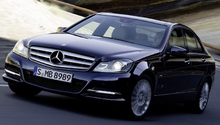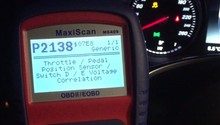Mercedes-Benz C-Class: Why Performance Chips Don't Work
Performance chips/tunes come in a couple of different varieties. While some actually hurt your vehicle's performance, others will provide the boost in performance you are looking for.
This article applies to the Mercedes-Benz C-Class w204 (2007-2014).
Depending on your model, your engine may either be a turbo-charged, 4-cylinder (M271), or a v-shaped, 6-cylinder (M272). Performance gains will be easier to obtain in the M271 thanks to the turbo charger and the simplicity of raising boost pressure.
The cheaper variety of the engine control unit (ECU) performance chip generally uses a resistor to alter the voltage seen by the ECU from the intake air temperature sensor. The chip tricks the ECU into thinking denser, cooler air is entering the engine. The ECU then compensates by adding more fuel. This negatively affects performance by altering the air/fuel ratio to a rich condition.
Another style of performance chip is hardware connected. This style physically connects to the ECU. The higher quality chips are similar to ECU flash tunes. They have been programmed to the specific engine your vehicle uses and the fuel/ignition maps have been adjusted properly using road testing and/or a dyno. Because the entire map has been adjusted while monitoring the air/fuel ratio, improvements to throttle response and fuel economy can also be found.
It's important that the chip creator monitors knock retard, while programming the fuel/ignition maps. Otherwise, engine damaging detonation and pre-ignition can occur.
The easiest way to extract more performance by modification of your ECU is by flashing the existing software. The software is changed in the same way the hardware version changes it, but does not require you to remove and physically connect the chip to the ECU. A flash tool can be connected to the OBD-II port, and the new programming loaded onto the ECU. If you decide to change your modifications down the road, a simple re-flash is all that's required to hone in the performance gains from them.
Most commonly, the owner will bring the vehicle to the shop and will have it dyno tuned on site. This ensures the most accurate tune possible.
Component Breakdown
The Sensor Signal Altering ECU Chip #1
These do one thing only: add more fuel to your engine. To create more power, you need both air and fuel. If you trick the ECU into thinking there is more air when there isn't, a rich air/fuel ratio will be the result. Along with reduced fuel economy, increased emissions will be a result.
Two companies that make this style of chip are G-FORCE ($69) and PRORACING ($120).
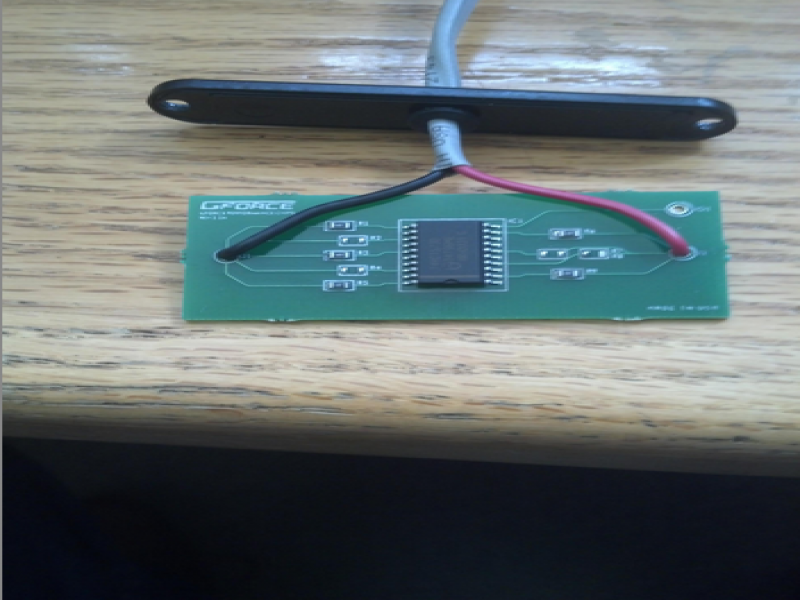
The Hardware Connected ECU Chip #2
These chips are similar to the ECU software flashing method, but must be physically connected to the ECU. This generally involves soldering and technical experience with electronics.
- Kleemann makes a popular chip of this style. Is it priced at $1,400.
- When fitted with the chip and the optional lightweight crank pulley/performance, air filter net horsepower in the M271 increases to 215.
- For the M272, Kleemann claims an increase in horsepower and torque to 305hp/278tq.
- VRTuned is another company offering a similar service for $799.99 for the M272.
- RENNtech is a reputable company with performance gains of 22 hp and 20 ft. lb. of torque. Their ECU chip is priced at $995.
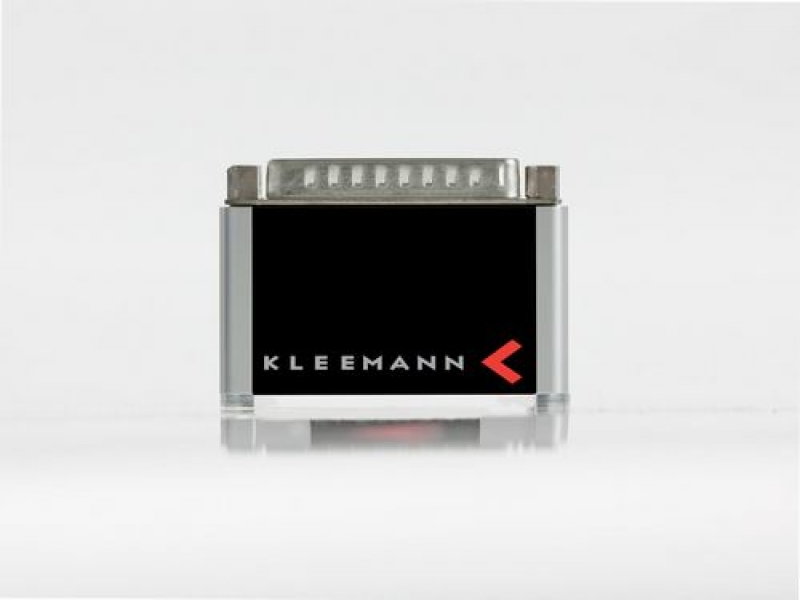
The ECU Software Flash #3
This is the most commonly used method for tuning. Changes to the engines computer mapping can me made in minutes. This is particularly helpful if you run multiple types of fuel in your engine.
The flashing tool gives your ECU programmer the ability to tune your car in real-time on a dyno in ideal conditions. This makes for a complete, effective tune in all operating ranges. Some companies also offer a service that allows you to data log the engine, and send the file to them through e-mail. The company can analyze the data and send you a revised map.
Several companies offer this service:
- Eurocharged is based in Houston Texas. They offer this service for $599.99.

Figure 3. The before and after dyno result of a Eurocharged-tuned C63. 
Figure 4. A packaged Eurocharged flash tool.
- OE Tuning also makes a flashing tool. They are located in Huntington Beach, California. The flash tool is priced at $795.
The tool comes with four-map packs that range from factory specs to use with 100 octane race fuel.
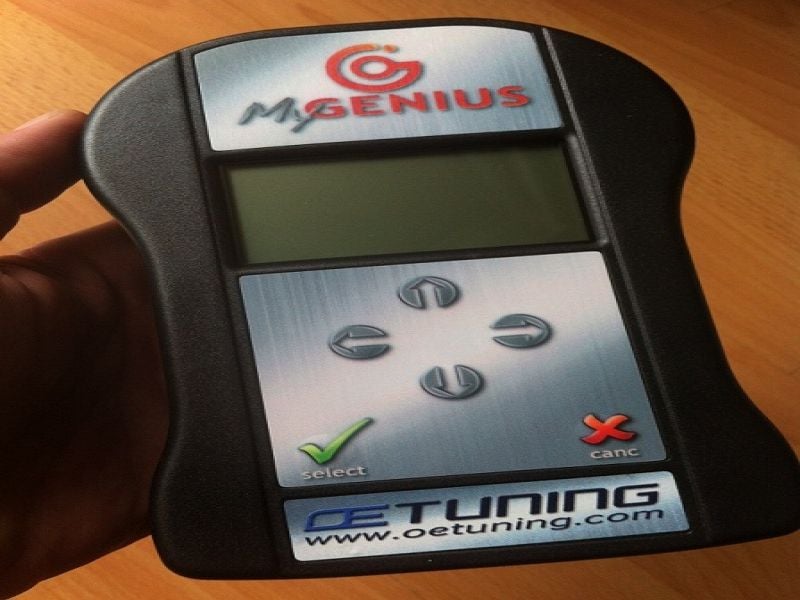
Figure 5. The OE Tuning ECU flash tool. 
Figure 6. The before and after dyno graph of a OE Tuning flashed 2010 C300.
Related Discussions
- 63AMG Kleeman ECU Upgrade - MBWorld.org
- C63 AMG Flash Tuning - MBWorld.org
- OE Tuning Flash Loader - MBWorld.org
- G-Force Performance Chip, 60HP? - MBWorld.org
- W204 Best Performance Upgrade - MBWorld.org





